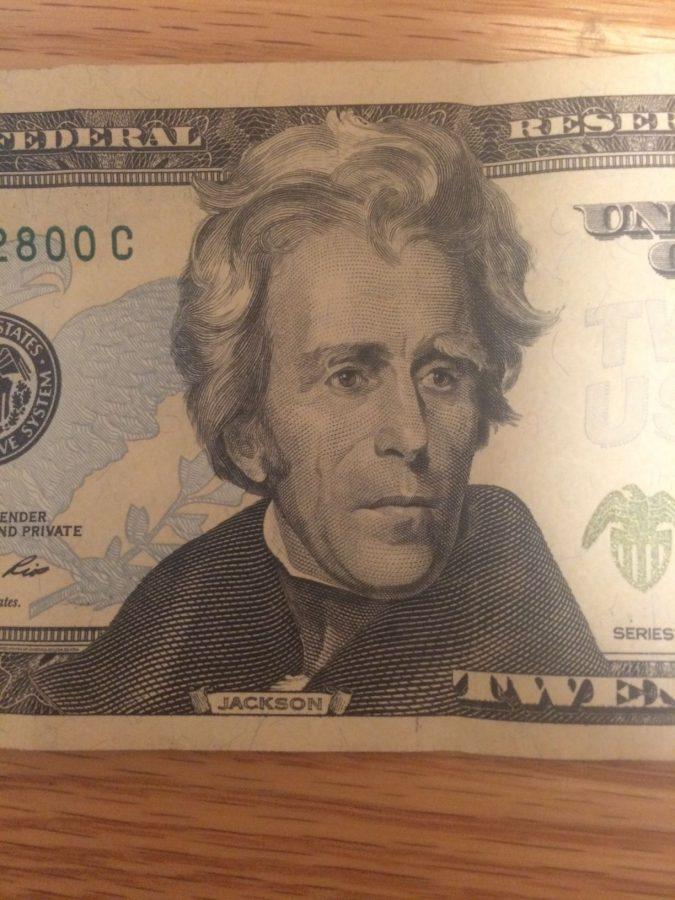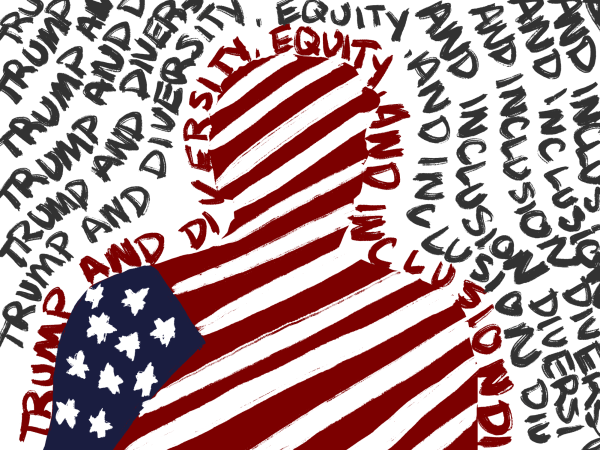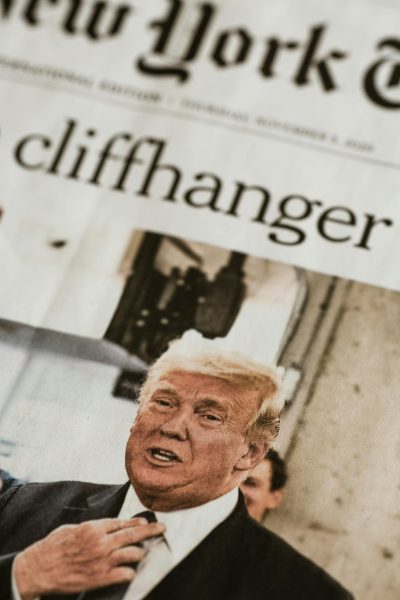Women to be featured on American currency for the first time
Andrew Jackson’s likeness has been on the front of the $20 bill since 1928, and by 2030, a portrait of Harriet Tubman, known for freeing hundreds of slaves in the Underground Railroad, will replace Jackson’s.
Relatively soon, the faces of men will no longer have a monopoly on $5, $10 and $20 bills.
In an open letter to the American people, Treasury Secretary Jacob J. Lew announced that significant female historical figures will soon replace male historical figures on certain notes. Notably, Harriet Tubman will replace Andrew Jackson on the $20 bill.
Last June, Treasury Secretary Lew announced his intention to feature a woman on a redesigned $10 bill, and since then, polls have been held to determine whom that woman – or, in the amended case, women – should be.
Lew said he received millions of requests regarding the addition of women to American currency, and he decided to request that the Bureau of Engraving and Printing also redesign the $20 and $5 notes in conjunction with the $10 bill so that more women could be represented.
“Since we began this process, we have heard overwhelming encouragement from Americans to look at notes beyond the $10,” said Lew in the open letter. “Based on this input, I have directed the Bureau of Engraving and Printing to accelerate plans for the redesign of the $20, $10 and $5 notes. We already have begun work on initial concepts for each note, which will continue this year.“
The bill that has received the most fanfare, positive or negative, across social media outlets and news sources has been the $20, the front of which will feature Harriet Tubman, a woman famous for her work to free slaves, instead of President Andrew Jackson, whose face has adorned the $20 bill since the 1920s. Tubman’s portrait is the only one of a woman that will be placed on the front of a bill.
Many have insisted that Andrew Jackson was a poor choice to feature on the $20 bill to begin with, citing his Indian Removal policy in the 1830s that sparked the Trail of Tears, which killed thousands of the Cherokee people.
“Commemorating or so honoring Jackson [is ironic] because of his role in the removals and his impeachable offense of defying the constitution by ignoring and overpowering a Supreme Court ruling,” said Dr. Lee Schweninger, Native American Studies Minor coordinator at UNC Wilmington.
Not all of the responses to Tubman’s ousting of Jackson have been positive. “Feminista Jones” of The Washington Post wrote an article arguing that Tubman’s representation on American currency is inappropriate given her work to free slaves.
“Putting her face on America’s currency would undermine her legacy,” said Jones in her article. “By escaping slavery and helping many others do the same, Tubman became historic for essentially stealing ‘property.’ Her legacy is rooted in resisting the foundation of American capitalism. Tubman didn’t respect America’s economic system, so making her a symbol of it would be insulting.”
And from a different perspective, Pat Buchanan, former advisor to three Republican presidents, wrote an article titled “Dishonoring General Jackson” in which he argued that Jackson’s contributions to American history have been far more significant than Tubman’s, and it is disrespectful to Jackson to remove him from the face of the bill.
However, by in large, most people are pleased that Harriet Tubman and other women will be featured on American currency, especially given the controversy surrounding Andrew Jackson’s contributions to history and his subsequent placement on the $20 bill. After all, Tubman and the other women were chosen after popular vote.
The other women chosen to be featured include Eleanor Roosevelt, Lucretia Mott, Sojourner Truth, Susan B. Anthony and a handful of others, primarily on the backs of the designated bills. The front of the $10 bill will continue to feature Alexander Hamilton, whom many consider to be the architect of the American economic system, and the front of the $5 bill will continue to bear a likeness of Abraham Lincoln.
And though the controversial portrait of Andrew Jackson on the front of the $20 bill will be replaced by a portrait of Harriet Tubman, Jackson will not be completely removed from American currency.
“The reverse of the new $20 will continue to feature the White House as well as an image of President Andrew Jackson,” said Lew in his letter.
The redesigned $5 bill will be meant to commemorate the civil rights events at Lincoln Memorial, and the redesigned $10 bill will honor the leaders of the Suffragette movement.
The redesigned $10 bill will go into circulation first, and the $5 and $20 bills will follow within several years. All three are planned to be in circulation by 2030, according to Lew.











